A journey of a thousand miles begins with a single step.
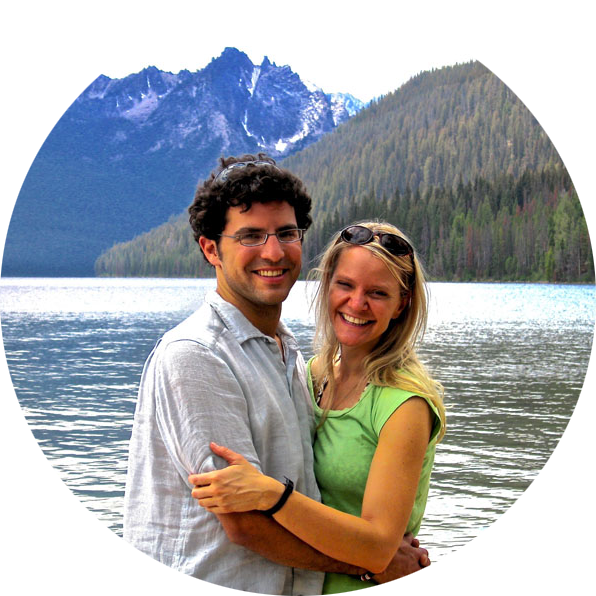
REDFISH LAKE, ID
After an 18-hour trek, Tiffany Ivins arrived to a rural Himalayan village carrying a box with a solar panel, a car battery, some wires and a switch. She came to join in a solar installation atop a rural Nepali community center.
In remote villages without electricity, poor women can’t study until chores are done. Kerosene lamps are the norm, but fumes make night classes toxic. Solar power would allow women to go to literacy classes at night.
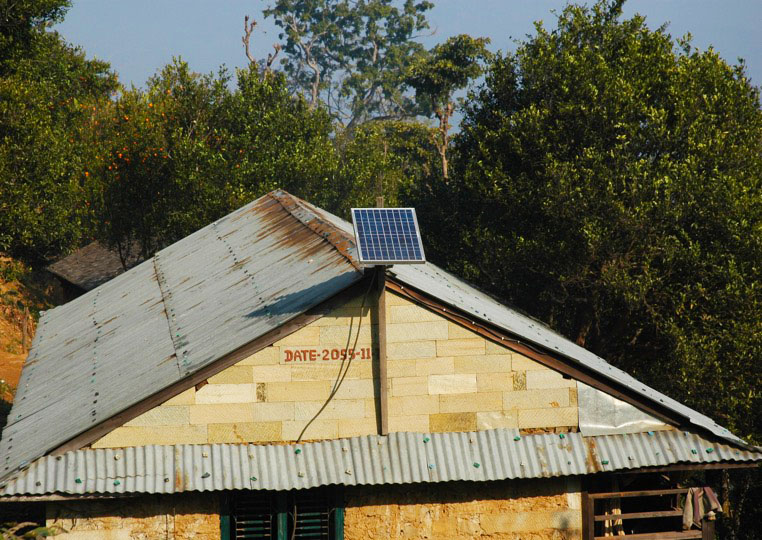
For these women, literacy means the ability to have a voice, make decisions and problem-solve. Tiffany explored Himalayan literacy in her Masters/Doctoral research at Oxford & BYU.
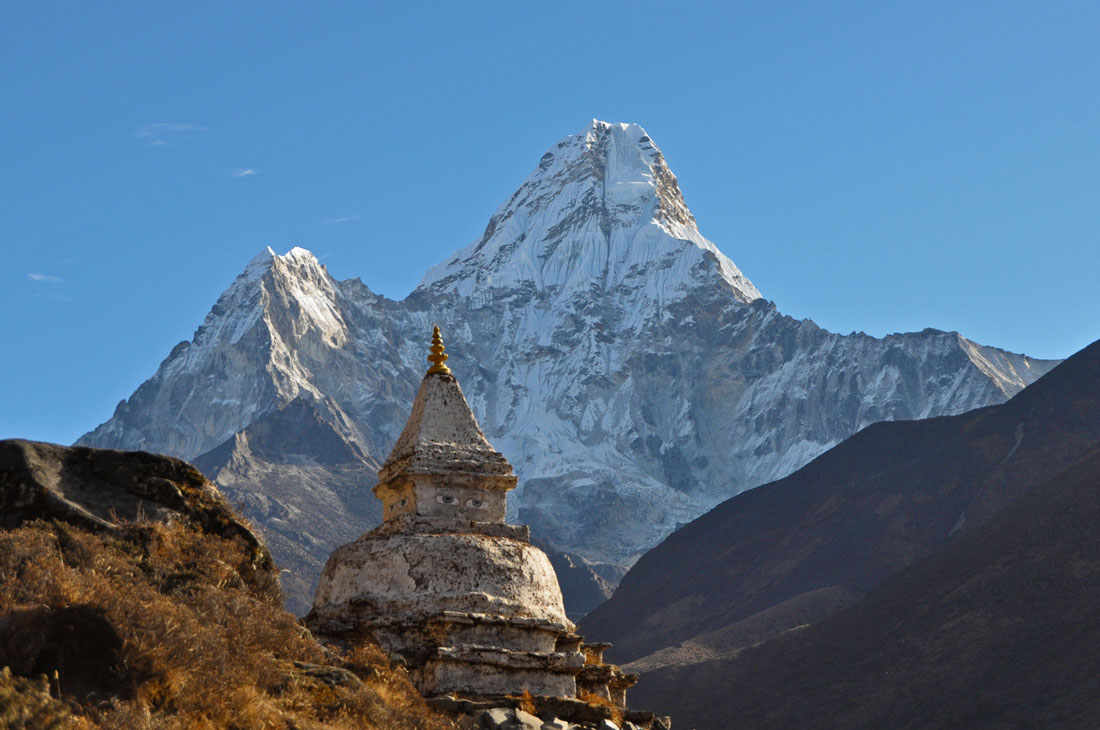
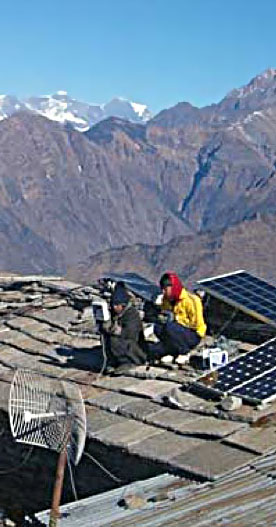
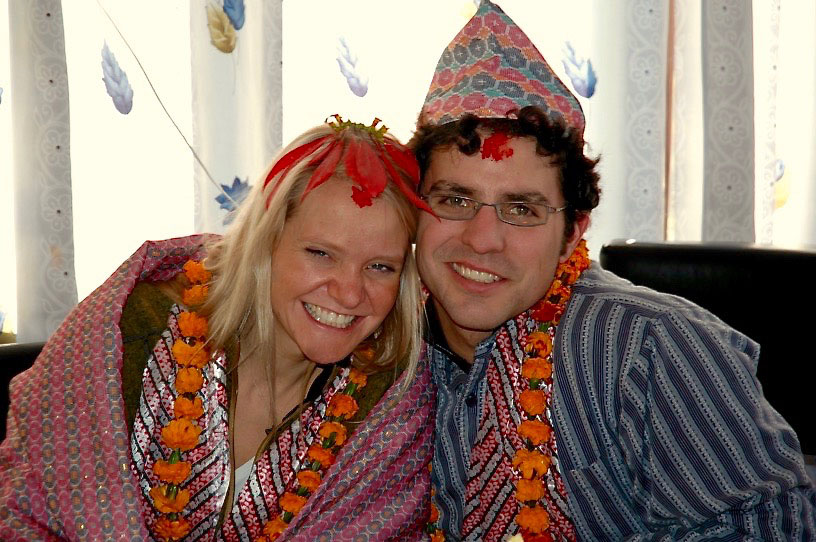
With the solar and construction help that Mitchell gave, ancient “falchas” became community education centers for online learning. Remote villagers were now able to do e-commerce, tele-medicine, agricultural and e-trainings.
“I learned from locals how to integrate cutting-edge technologies with ancient practices that work best in their communities.”
MITCHELL SPENCE
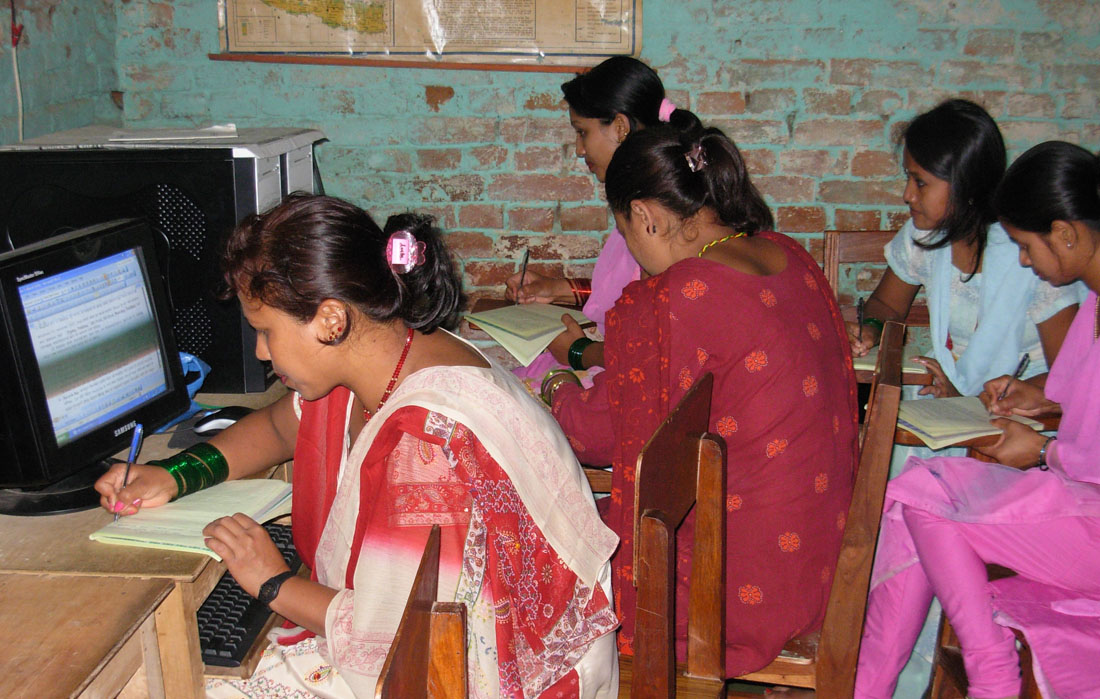


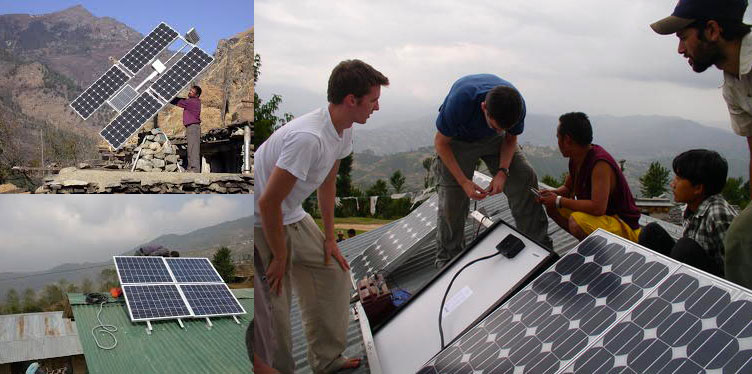
For their honeymoon, Tiffany and Mitchell were back in Nepal collaborating with the Hewlett Foundation, MIT, and the Center for Open Sustainable Learning.
Together, they began an initiative to bridge rural villagers with lifesaving educational content: Open Content for Development (“OC4D”).
“Locals know what locals need.”
TIFFANY IVINS
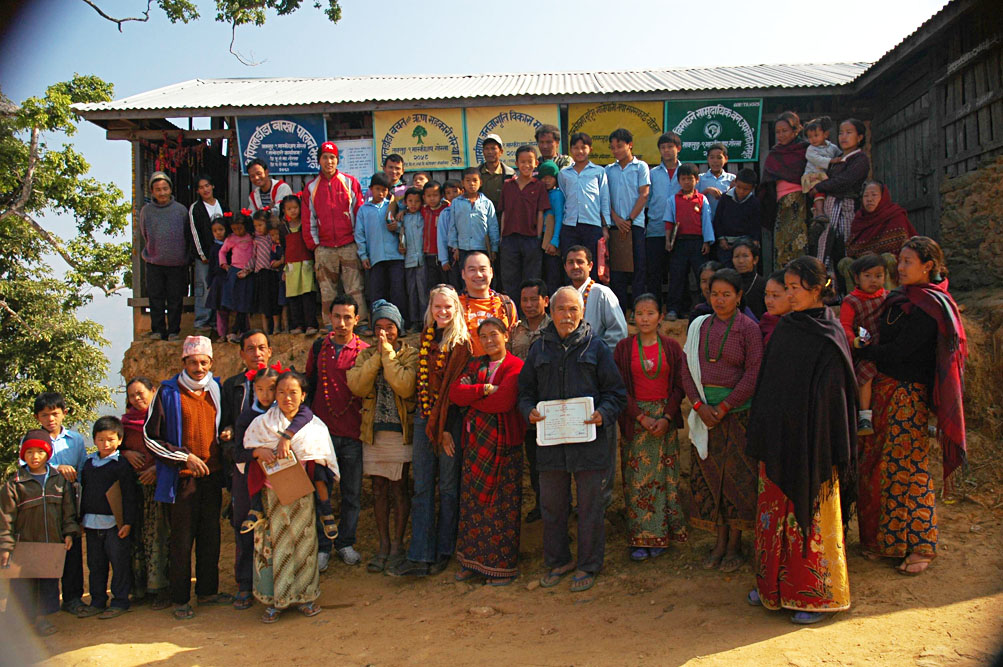
An epiphany
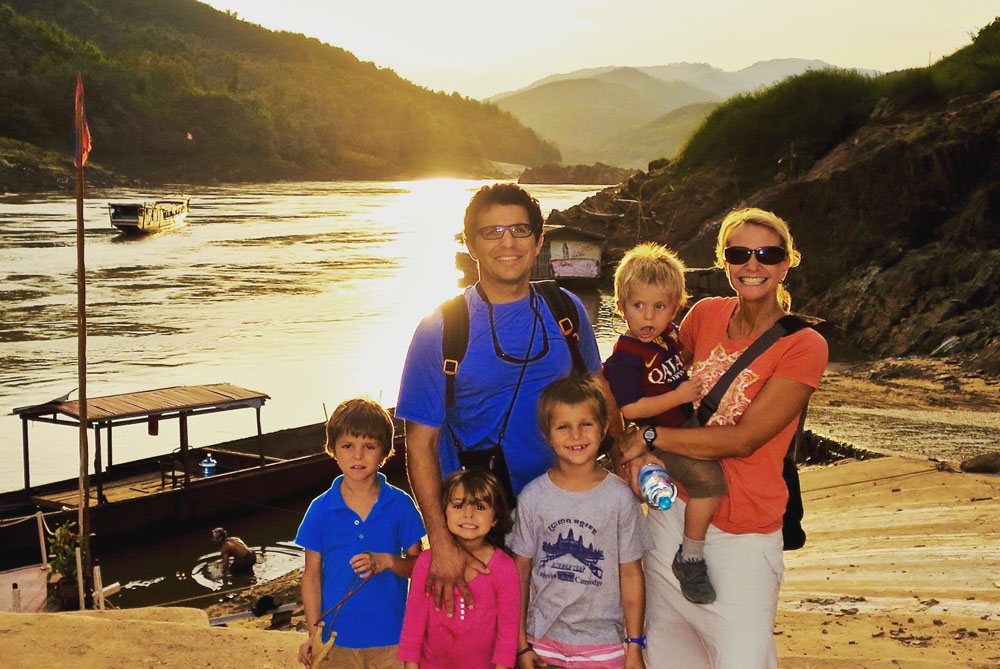
“In early 2016 we had an epiphany to sync our energies more and align our efforts on all fronts.”
TIFFANY IVINS
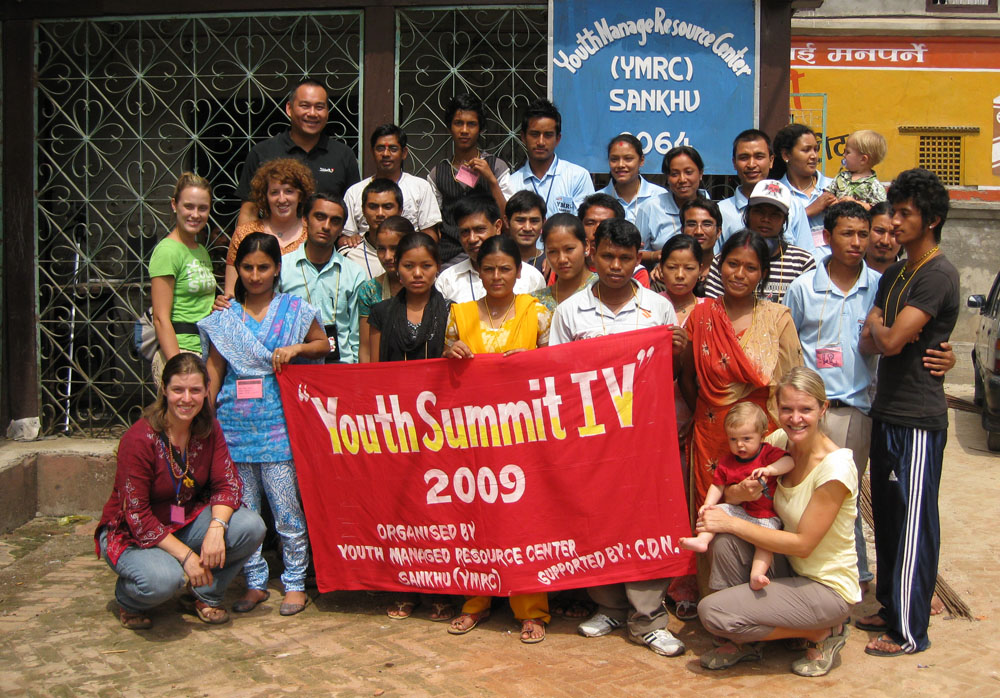
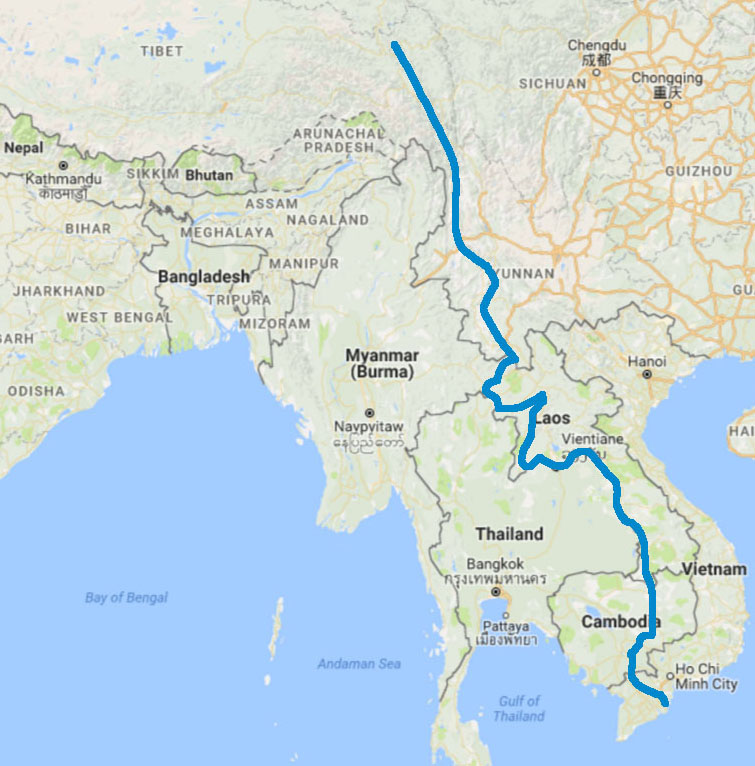

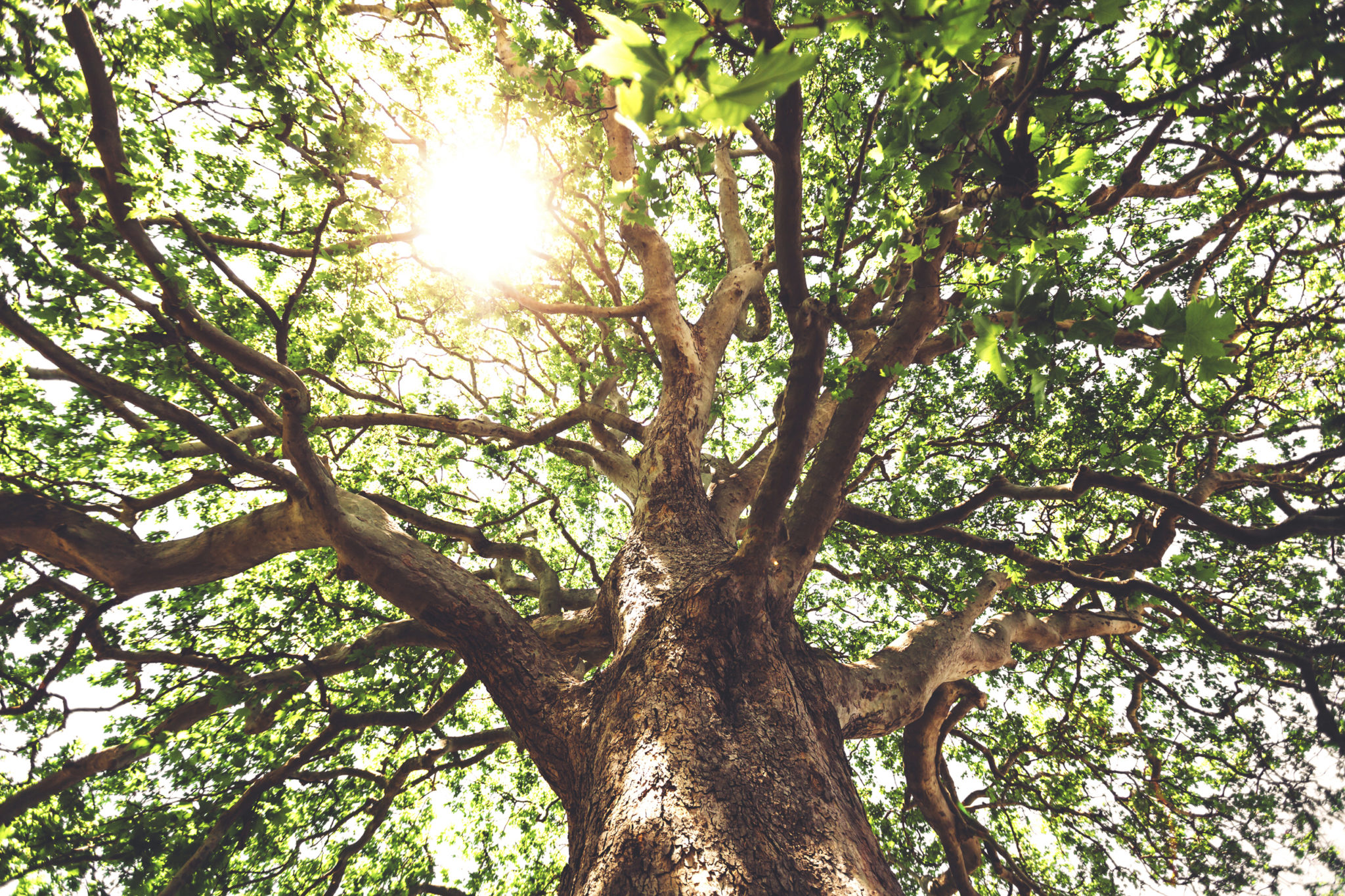
Will you join us and make it a better one?
Living Zenith at Liberty Park is the culmination of this story. But it’s also just the beginning. It is the zenith of years of work, research, construction, and experimentation with energy at home and abroad. Living Zenith means living in harmony with our values. Our philosophy and our lifestyle can now be congruent.
“Even though we’re a small developer, we know it’s going to take broad buy-in from builders everywhere if we want to have real impact going green,” Mitchell says. “Our hats are off to others in SLC who advance better building. We stand on their shoulders. We’d love to collaborate in raising the bar on SLC building.”
Let’s talk!
[email protected]
[email protected]
801-380-5691
.

